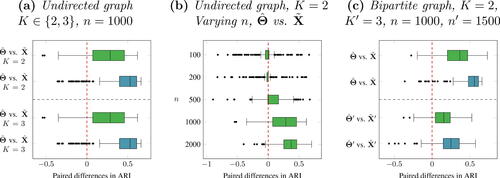Figures & data
Fig. 1 Histogram of within-community degree distributions from three bipartite networks with size , obtained from (a) a simulation of a SBM, (b) a simulation of a DCSBM, and (c) a real-world computer network (ICL2, see Section 6.2).

Fig. 2 Scatterplots of the two-dimensional ASE of a simulated DCSBM with (a) K = 4, and (b) K = 2. also highlights the true and estimated latent position for six nodes, with the corresponding 50%, 75%, and 90% contours from the ASE-CLT, and the estimated latent positions for
from simulated DCSBM adjacency matrices
.
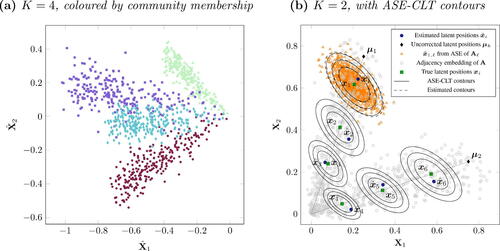
Fig. 3 Plots of and
, obtained from the two-dimensional ASE of a simulated DCSBM. Joint (green) and community-specific (blue and red) marginal distributions with MLE Gaussian fit are also shown.
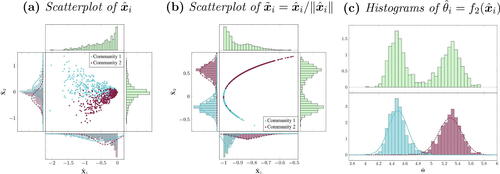
Fig. 4 Boxplots for simulations of a degree-corrected stochastic blockmodel with
nodes, K = 3, equal number of nodes allocated to each group, and B described in (9), corrected by parameters ρi sampled from a
distribution.
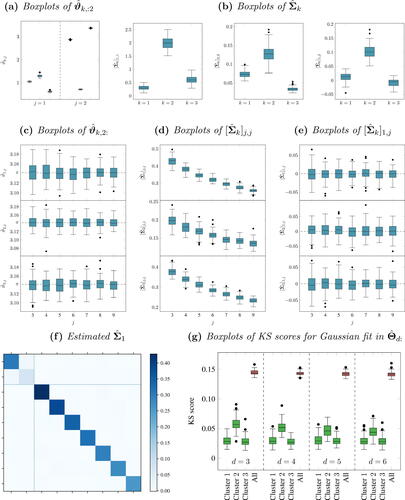
Table 1 Estimated performance for N = 250 simulated DCSBMs and bipartite DCScBMs.
Fig. 5 Estimated performance for N = 250 simulated DCSBMs and DCScBMs, for . For bipartite DCScBMs,
.
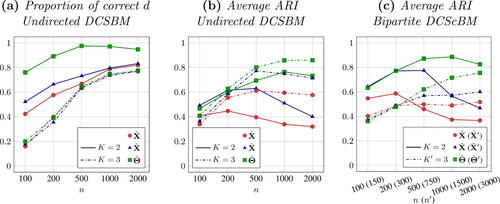
Table 2 Summary statistics for the Imperial College London computer networks.
Table 3 Estimates of (d, K) and ARIs for the embeddings and
for
and alternative methodologies.

